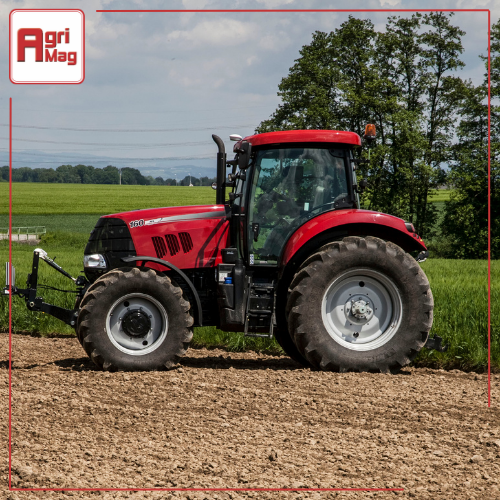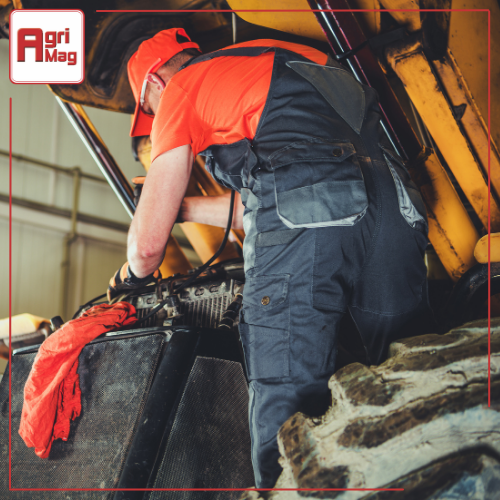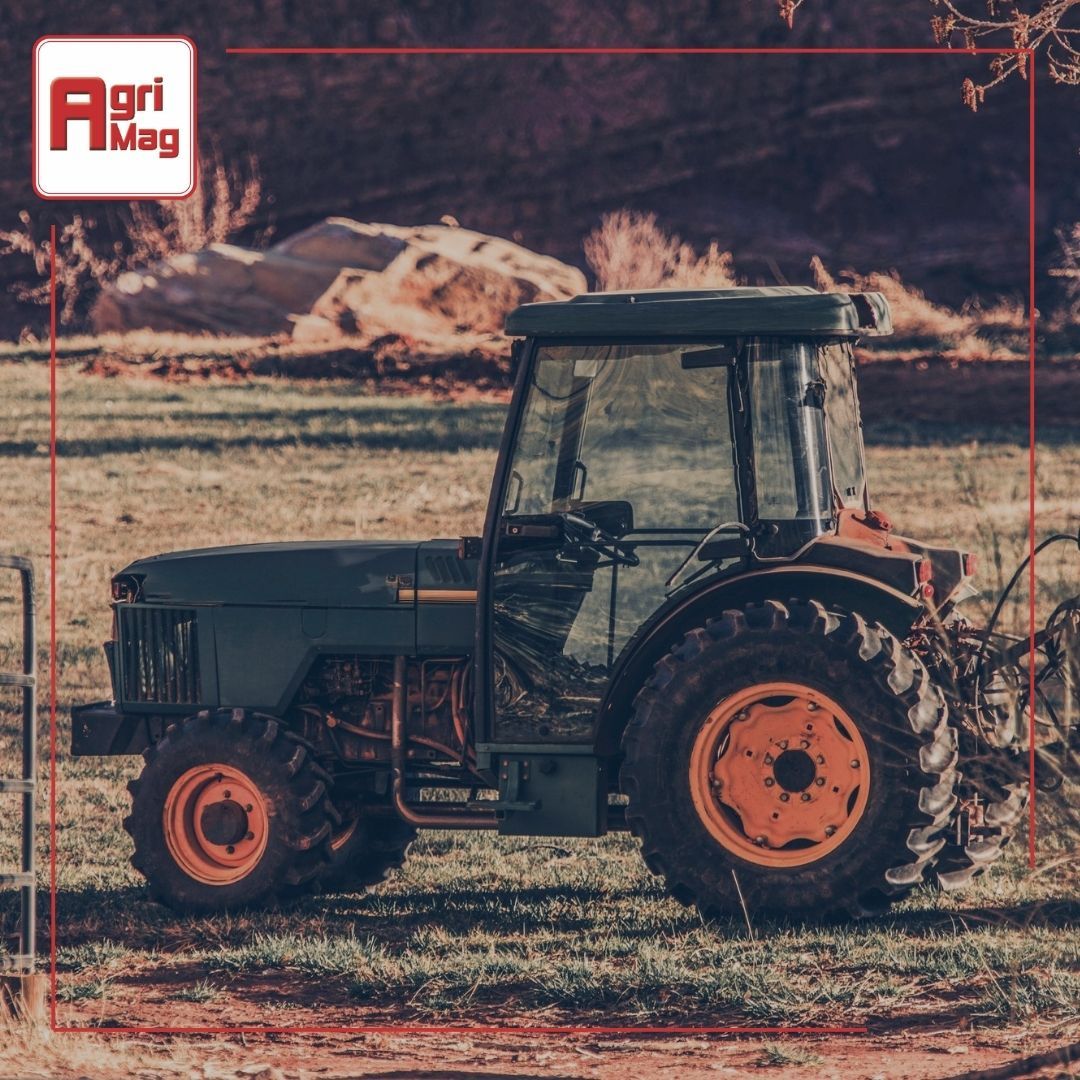
How to find a Tractor for sale on AgriMag
Date: 05/10/2020
Quick Links:
- What are Tractors?
- Our Tractor category overview
- Factors to consider when buying/selling a tractor
- How to Sell a Tractor
As the largest Online Agricultural Marketplace in South Africa, AgriMag has one of the biggest inventories of tractors for sale online. Our platform is easy to use and finding a tractor that suits your exact requirements is possible with our website.
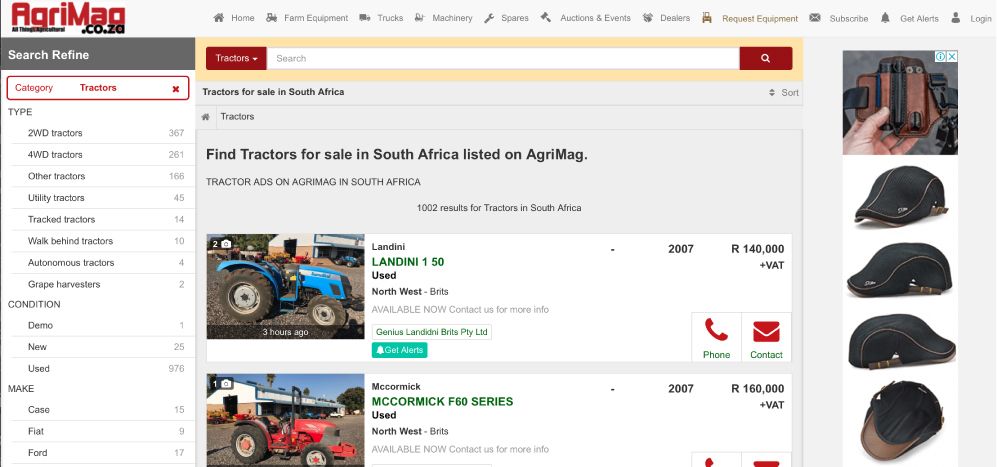
Our user-friendly search navigation tool is geared for and linked to our extensive online tractor inventory. Because we understand the complexities of buying and selling tractors, our numerous tractor categories and filters will help you to narrow down your search.
Our search results populate automatically so once users have selected their respective filter options, they will be presented with the tractor listings that best match their relevant search criteria in the search results.
What are Tractors?
Tractors are agricultural machines that have been around for over 200 years. They have helped farmers since inception and are primary pieces of equipment on most farms. They assist in the following agricultural tasks where machine power is required:
- Ploughing
- Planting
- Cultivating
- Fertilising
- Watering
- Harvesting
- Transportation
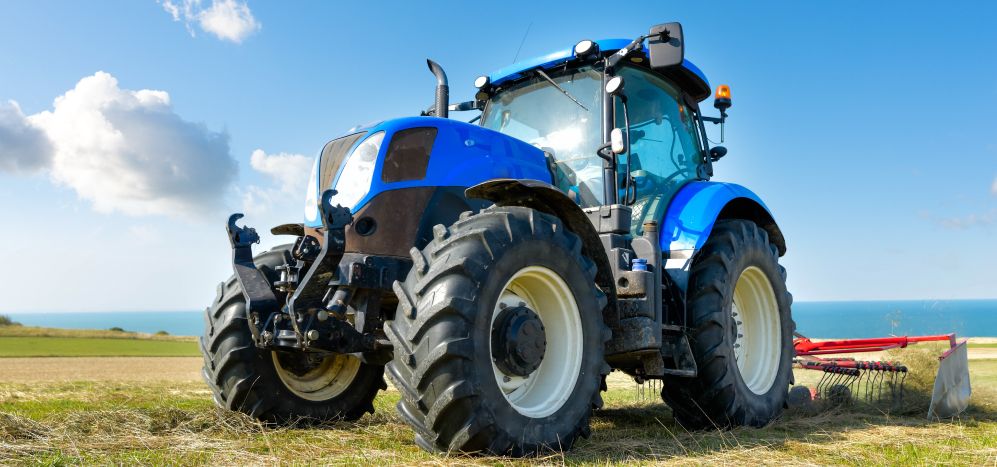
Our Tractor category overview:
Our tractor category is divided into several subcategories that cater to the various types of tractors that are used in the industry today. Users searching for tractors on AgriMag will be present with the following:
- 2WD tractors - Tractors that have power supplied to the two primary rear tractor wheels only. These are the most common of tractors and are used on most farms.
- 4WD tractors - Power supplied to all four of the tractor wheels. Primarily used when more power is required and also where the terrain poses a risk to 2WD tractor farming.
- Utility tractors - A low- to medium-powered tractor more commonly used for pulling equipment.
- Tracked tractors - Tractors that run on a system of tracks and not wheels. They are more manoeuvrable than their wheeled counterparts.
- Walk-behind tractors - for smaller farming operations, these tractors are steered by the operator who walks behind it while it performs its task.
- Autonomous tractors - Self-driving tractors that use wireless technology and GPS to navigate farmland without the use of a driver operator.
Factors to consider when buying/selling a tractor
If you are just getting started in farming, you will soon realise that tractors are far more complex machines nowadays. If you are just starting your search for a tractor then the following points should be covered and used as a checklist for buying.
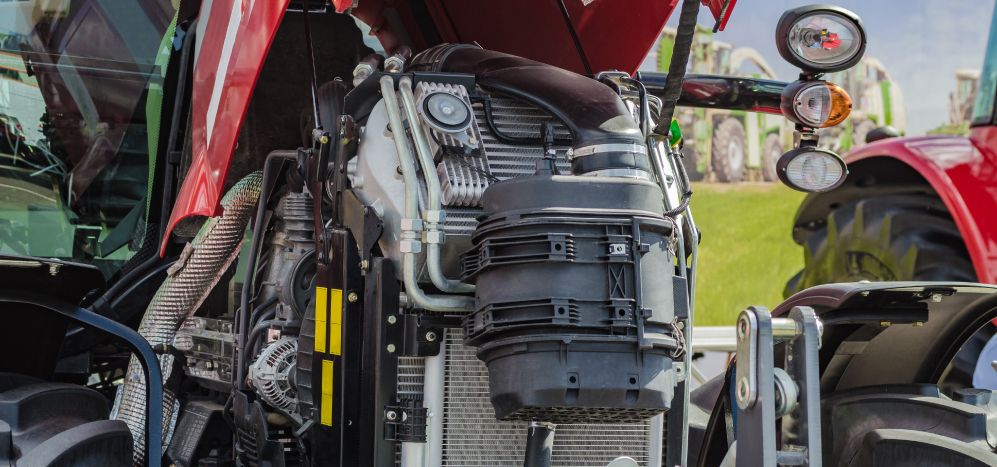
Critical buying factors:
- The engine - The heart and soul of the tractor, the engine is there to provide the pulling and pushing power that drives the tractor so that the farmer may complete their daily tasks. The majority of tractors are supplied with a diesel engine that produces power that’s measured in horsepower. Make sure the tractor you are reviewing has a detailed service record.
- The transmission - A key component that is associated with the performance of your tractor. Understanding what transmission is set up in your tractor will guide you on how it will perform. Do you want a tractor that is powered by a foot pedal and your speed is determined by how flat you push your foot or do you need something with gears that provides power in required amounts and allows operators to maintain more consistent speeds? There are several transmission set-ups so make sure you know what you are looking to buy.
- Hitches - The hitches on your tractor will ultimately determine what you can and can't attach to your tractor. There are several farming implements that can be attached to a tractor and are interchangeable. The most common hitch system is the three-point hitch system that includes a hydraulic lift for the raising or lowering of the implements. Drawbar hitches are far more simple and also very common.
- Power take-off - This is the spinning shaft that connects and powers farm implements that are attached to a tractor. It draws its power from the engine and transfers this power so that the implements can operate. Ensure that the tractor can supply the power needed to drive this system.
- Hydraulics - Hydraulic power is used in multiple ways in tractors. It’s used to enhance the tractors' steering capabilities, power implements, and lift attachments. Make sure all the tractors' hoses and hydraulic systems are in working order.
- Tyres - Designed to give tractors as much traction as possible, tyres are a very critical component and tyres should be inspected for wear and tear. Ensure they will give you the grip and traction you need to farm.
- Cabin - Most modern tractors are equipped with an operator's cabin. Included in its construction is a rollover protector cage. This is to ensure a driver's safety should there be an accident of sorts. Inspect the cabin and or roll cage to ensure it's in a sound condition. Also, inspect the controls and steering to ensure they are working correctly.
- Headlights - Some farming operations can run into the late hours of the night or even start before the sun comes up. Make sure your tractor lights are adequate and working properly.
- Reason for sale - Lastly, try to understand why the tractor is being sold and what the past working conditions/environment was like.
How to Sell a Tractor
When it comes to selling a tractor, it is advisable to provide as much information as possible about the machine you’re selling. Sellers must ensure they cover the following points in their tractor product descriptions outside of the usual sales info needed to list: type, make, condition, price, region, year, and hours of operation.
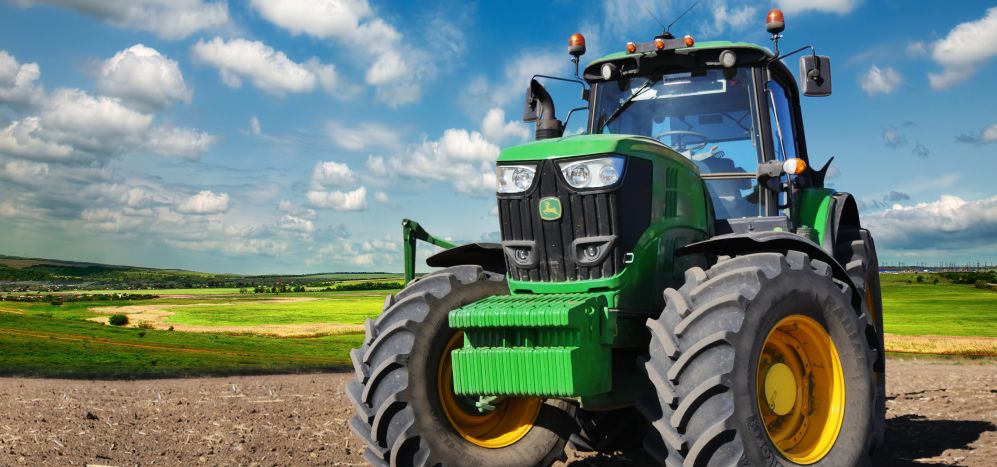
Also, provide details around the following:
- Why you are selling the tractor and give details around the tractor’s working past.
- Inform the potential buyer as to the tractor’s service history.
Then provide information relating to the following:
- The engine size and horsepower output
- Transmission type
- Hitches
- Power take-off
- Hydraulics
- Tyres
- Cabin
- Headlights
Listing your tractor on AgriMag is step one to selling, and providing all the information you can is the next step in making sure you can find a buyer for your tractor.
Categories:
Common category
Category Search:
Latest articles:

Top Irrigation Tips for Farmers Facing Water Restrictions

Understanding the Role of Truck Tractors in Logistics

Farming Equipment Upgrades for Small-Scale Farmers in South Africa

